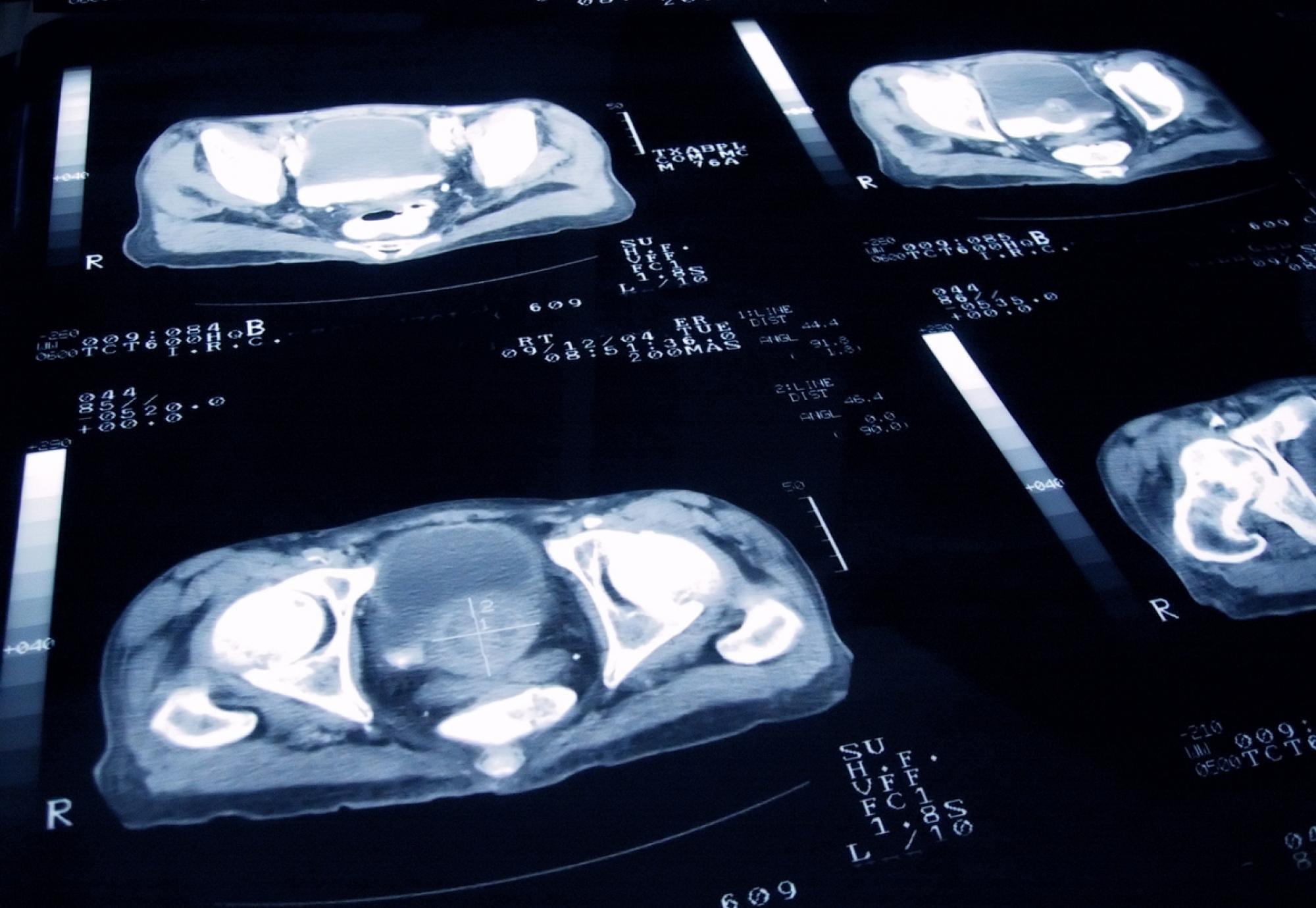New research has helped shine a light on a “revolutionary” new device that could improve prostate cancer diagnosis and patient safety for the future.
The standard practice for diagnosing prostate cancer patients currently involves a needle that passes through a patient’s bowel wall to reach the prostate, requiring a general anaesthetic. Not only is this process painful, it can also lead to urinary infections and perhaps even more deadly infections like sepsis.
The Cambridge Prostate Biopsy Device (CamPROBE) on the hand takes the biopsy sample through the perineum, which reduces the overall risk of infection and can be done using local anaesthetic. The device is also anticipated to cost less than half than the crop of devices used for current prostate diagnosis practices.
The research, which has been published in the Journal of Clinical Urology, highlights how the CamPROBE is “safe, transferable and maintains high diagnostic yields.”
Professor Vincent Gnanapragasam, senior member of the research team at the University of Cambridge said: "Procedure times were short and only low amounts of local anaesthetic were required, yet low pain scores were reported by patients.
“More than 85% of patients said they would recommend the CamPROBE procedure to someone else as a method of having a prostate biopsy done.”
Prostate cancer will affect around one in eight men during their lifetime, making it the most prominent cancer for men in the UK.
The development of the CamPROBE was funded by the National Institute for Health and Care Research (NIHR) and was further supported by Cambridge’s NIHR Biomedical Research Centre and Clinical Research Facility.
To learn more about the device, click here.



















